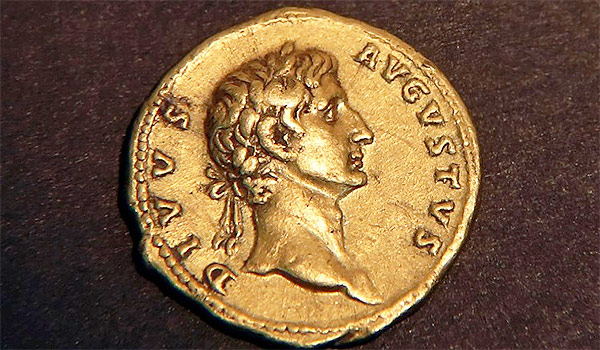
The beginnings of numismatics – old coins and currency collecting history
Coin collecting is considered one of the oldest hobbies in the world. No one could really tell the exact date of when this hobby started but it is known that coin collectors already existed since the ancient times particularly during the Roman era.
Collecting coins is known both as “The Hobby of Kings” and “The King of Hobbies”.
Early history of coin collecting
The first Roman emperor Caesar Augustus was one of the first most known coin collector. He was specially inclined of collecting old coins and foreign coins and gave them as gifts to his friends during festivities. The successors of Augustus also became interested in old coins.
Coins were considered an artwork during 400 to 300 BC. They were the most affordable and transportable art pieces and would have been probably collected since then. They were not only used as money but also as accessories.
In 249 to 251 BC, the Roman mint issued a series of coins that to pay tribute to the emperors, from Caesar Augustus to Severus Alexander.

Coin collecting in the Medieval Ages to Renaissance
It is generally believed that modern coin collecting started in the 14th century and became extremely popular during the late medieval period to Renaissance era. The European monarchs, nobility, and the popes were the famous coin collectors including Louis XIV of France, Elector Joachim II of Bradenburg, and Pope Boniface VIII.
Later, coin collecting evolved to a scholarly pursuit. Deeper and more academic studies were made. Coins have become a tool to trace history of monetary systems and ancient trading. Eventually too, classifying and listing down of coins by different ages and by different types were developed.
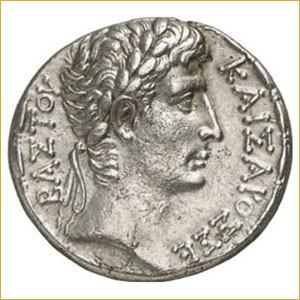
Modern coin collecting
In 1858, the American Numismatic Society was established followed by the American Numismatic Association in 1891. This led to the widespread awareness of people about coins and the hobby of collecting them.
Publications like books, magazines, and newspapers covering coin information were distributed and these were positively received by many people.
Numismatics was definitely growing until the 20th century. From collecting ordinary coins and pocket change, varieties of coins entered the coin industry and became interesting collectibles. Error coins (those with mint mistakes or striking errors), commemorative coins, and proof coins became popular to coin collectors.
On August 15-18, 1962, the first international convention for numismatists was held in Detroit, Michigan sponsored by the American Numismatic Association and the Royal Canadian Numismatic Association. The event was attended by roughly 40,000 people.
Trading, buying, and selling collectible coins was becoming apparent as well. In 1970s investors entered the collectable market in large numbers. This was the period when economy was becoming unstable and inflation was foreseen.
And since many coins were made from precious metals like gold and silver, collectors learned how to make money in coin collecting. Bullion coins (precious metal coins) were immediately seen as sound tangible investments.
With the tremendous development of the coin collecting hobby also came the danger of fake coins. Ancient coins were being counterfeited because of how they became popular and valuable in the market.
To counter this threat to the hobby and the coin market, authentication and coin grading institutions were established. These are tasked to evaluate the coins with regards to authenticity and condition.
Today, the population of coin collectors is larger than ever especially with the coming of the internet where buying and trading coins is becoming highly accessible. And coin collectors are not anymore just a hobby of kings; it is a hobby of anyone who is interested in numismatics, even kids. Undoubtedly, however, it is safe to say that coin collecting is still the king of hobbies.





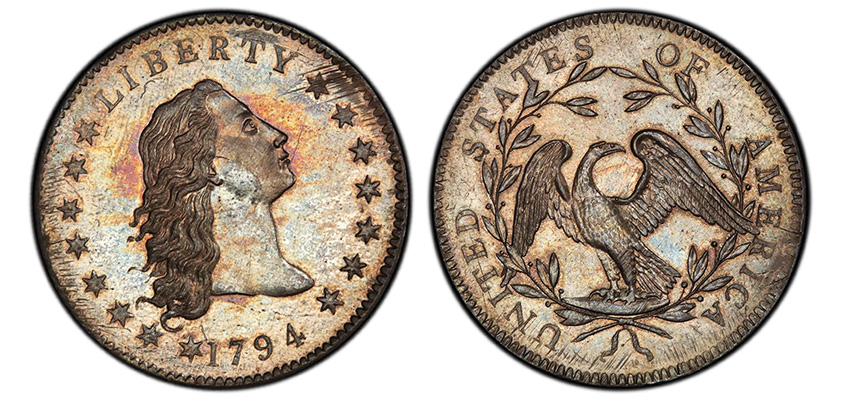
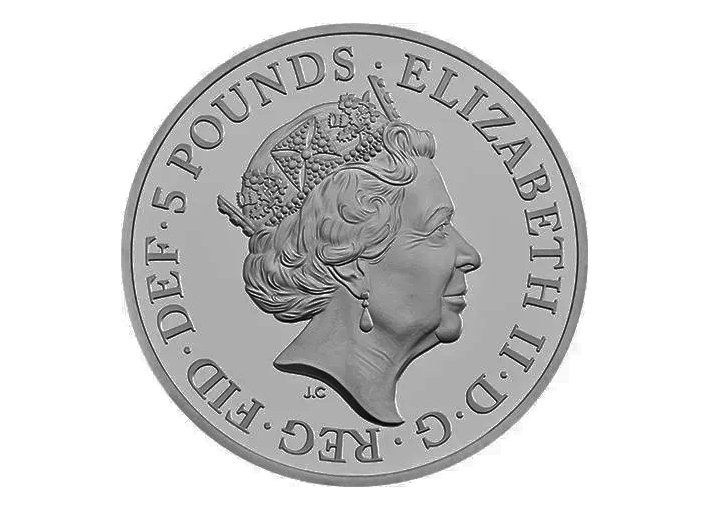
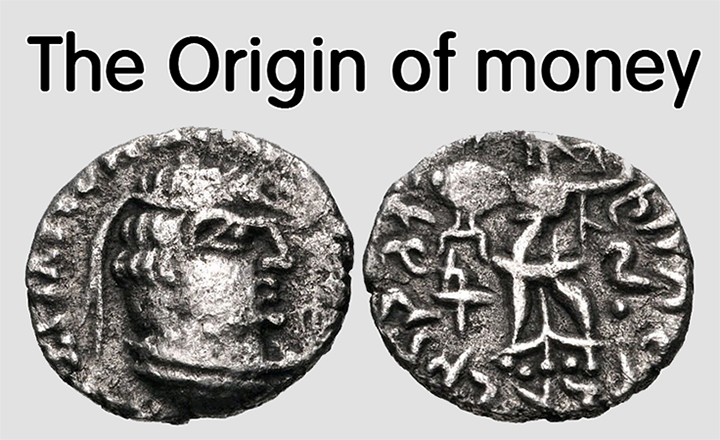
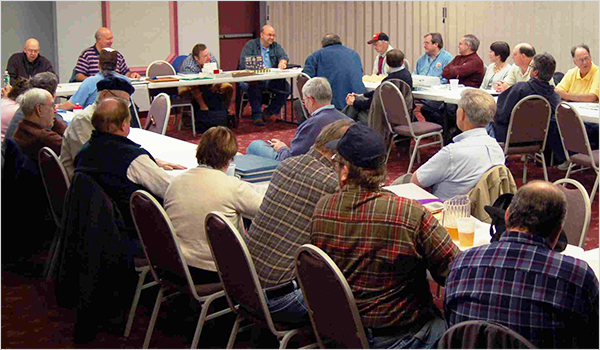

Leave a Reply